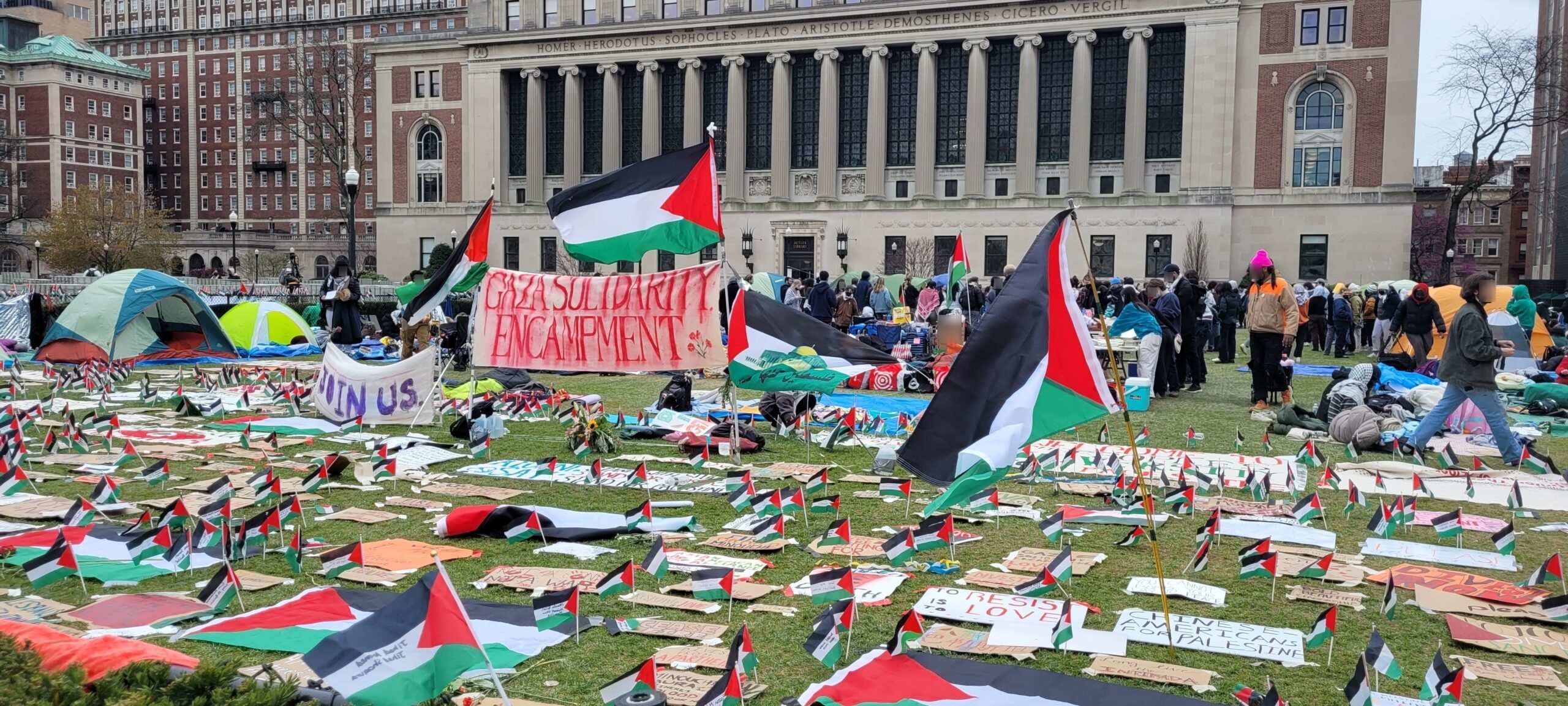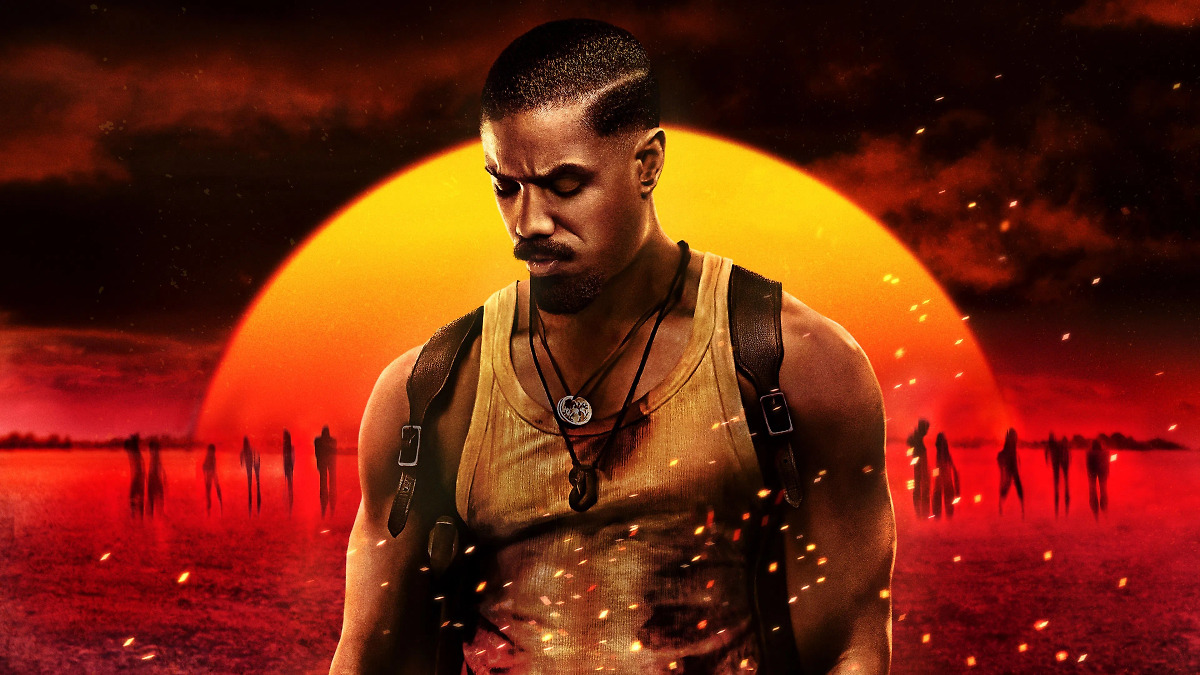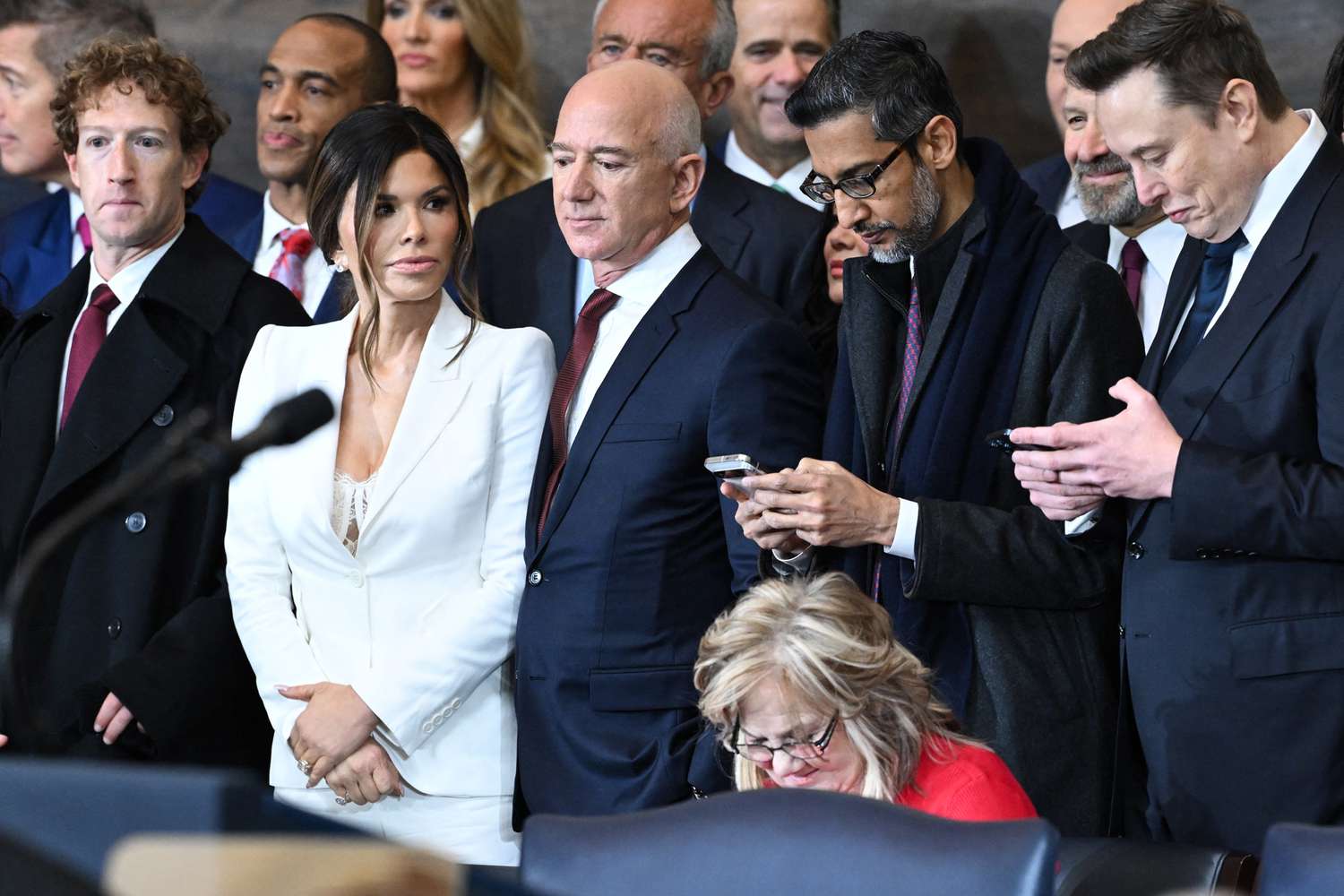The United States supreme court voted to overturn Roe v. Wade on 24 June 2022. This comes almost 50 years after the initial 1973 ruling that legalised abortion in the US on the grounds of the right to privacy to make medical decisions. This decision has stripped away any legal protection of those seeking or providing abortion at a federal level. This means that citizens will be subject to the law in the state they live in, which varies wildly across the nation.
Since the right to abortion was found in this overturning to not be included within the right to privacy, many fear that other legally protected rights that rely on the argument of privacy are endangered, such as homosexual sexual activity and access to contraceptives.
Although Roe v. Wade’s overturn formalises restriction to abortion, even prior to the ruling hostile conditions have necessitated unsafe abortion across the United States.
Riley is 23 years old and lives in Virginia. He studies environmental policy and biology at a college 7 hours from his house, in the aim of someday working in the field of climate justice, or working with animals. Riley is unemployed currently, but occasionally works as a barista in between semesters.
Riley and their ex-partner recently had to seek out an abortion.
“Well, my most recent partner, we, had only been dating for about two months.”
Long spaces of silence sit in between sentences, and Riley sounds a little uncertain and distant while recalling this. Riley’s now ex-partner is an 18 year old transgender man living in an unstable home, who will remain unnamed.
“It was a very, very scary thing, this idea of him being pregnant and needing an abortion. Because if his aunt had caught onto it, and he’s nowhere close to being in the financial condition to live on his own at the moment, if that were to happen, there was a risk of him being kicked out of his home and being homeless again for the second or third time in his life.”
The two made the decision to seek an abortion, and soon realised they couldn’t go to a clinic for the procedure as Riley’s partner had a tracking app on his smartphone called ‘Life360’ installed by his aunt to surveil him. On the internet however, they found a website through which to buy abortion pills. Clinics in their area they had sought cost US$425 for medical abortion (using pills) and US$475 for surgical abortion. From the internet service, the pills were US$165.
“He took the first one, mifepristone and then waited the 24 hours that are recommended and then the next day when his aunt was out he took the misoprostol and this was alone.”
During the procedure, the pair remained in contact through a video call for the duration.
“The pain got incredibly, incredibly, incredibly severe, starting about an hour in and it probably peaks about 3 or so hours in, and it was really, really hard for me to remain this kind of anchor, I guess – this emotional anchor – because he was going through so much pain, it was really hard to watch. I could only imagine what he was going through.
He was screaming and he ended up vomiting a few times and just crying the entire time.”
“It’s only about a 20 minute drive to his house and take him to the ER and stuff, but that was the last thing that he possibly wanted to happen, because his aunt is his emergency contact. And I was saying, ‘I’m sure that once they know the situation we could change that, like, make them not call your aunt.’ But I’m not sure exactly how that would have gone and he was convinced it wouldn’t work like that. Plus, the ER fees, I don’t know if we could really cover them.”
As Riley’s partner’s pain remained, he found himself in a potentially unsafe situation.
“It got to a point where he was like, ‘okay screw it it, I just, I can’t take this anymore, I want it to be over, I want to be done with this.’ And he said ‘I’m going to take painkillers’ and I said ‘hey please don’t do that, you’re not supposed to.’ And I said, ‘if you’re going to do that as well, take Ibuprofen, do not take Advil or any sort of aspirin, because that is a blood thinner and it can make your bleeding much more severe and actually very, very serious’. He ended up taking aspirin, because he didn’t read the label. It was one of those like powdered things, I forgot what it was called, it was just like, a combination of aspirin and caffeine in a powdered form. So it acts very quickly. And I was like ‘oh my god. This could be very bad’ and it was very scary.”
The Best Practice Advocacy Centre New Zealand (BPAC NZ) states that living more than an hour from emergency medical services contraindicates medical abortion, as although it is rare, 1 in 300 people experience bleeding severe enough that a blood transfusion is required. Thankfully, there were no further complications, and Riley’s ex-partner recovered.
“If he was in a position to be open with his family about his condition and having to do the procedure and all of that stuff, it would’ve been a lot less stressful, But I think at its core, it does come down to American healthcare conditions and economic status because he – so this entire thing, I think could’ve been avoided, if, he was actually able to afford birth control, which that simply wasn’t possible for him. And you think that like, birth control is such a basic thing that people should have, but it was – you can’t take that stuff for granted in the US.”
Joe B. is 23 years old and lives in Chicago, Illinois. He is a recently graduated licensed art educator, and transgender person.
Joe B. commented “When free lunch and free breakfast programs are cut, rates of child hunger in the US go up. There are many, many working class and impoverished children who are fed primarily by their schools, and so we are essentially living in a country that cannot decide whether or not it’s the government’s responsibility to ensure that children are fed but that at any point, have the right to remove children over suspicion of their general welfare not being appropriate or being met, and enforces the birth of said children with no recourse if that is impossible across, let’s see, if out of 50 states 9 are sanctuary across essentially 90 percent of the US.”
Joe’s experience illustrates that even living within a protected state with limited restrictions on abortion, when healthcare services struggle to keep up with demand, the effect is people having to seek non-medically supervised, unsafe methods of terminating pregnancies.
“I became pregnant in March of 2020 just before lockdowns had gone into effect due to COVID-19, and because of the way that lockdowns impacted healthcare facilities, abortion providers such as Planned Parenthood were either emergency closed or fell several months behind on waiting lists due to emergency closures, and so I would not have been able to have accessed abortive healthcare in the timeframe that I would have needed to safely. And so, I instead just drank, essentially, until I miscarried for a period of about 3 and a half weeks. Which had adverse effects emotionally and socially. I also could have experienced long term physical effects due to scarring or due to incomplete loss essentially of a foetus which thankfully did not happen. I was able to access gynaecological care due to my health insurance in the months following and confirmed that I was otherwise healthy. But… emotionally speaking that was a difficult situation to deal with.”
As the interview continued, his voice began to croak, and it sounded as though he strained to hold back tears.
———————————————————-
This hasn’t happened out of the blue, but has been built up to for years, decades even.
According to the Guttmacher Institute’s report State Policy Trends 2021: The Worst Year for Abortion Rights in Almost Half a Century, across the states in just 2021 alone over 100 laws restricting abortion were passed.
It’s a potent wake up call to the fact that progress doesn’t occur in a linear fashion, and that only by the true ‘will of the people’, the working class mobilising together demanding better, will democratic change be enacted.
While polling may show that 85 percent of people in the United States are in favour of legal abortion in at least some circumstances, according to a poll by analytics company Gallup, this doesn’t translate to the reality of legislation. But neither would a referendum necessarily, as access to voting is as much a problem as inadequate politicians.
The restriction of voting is a broad issue; for instance, not allowing convicts to vote, or having few voting centres open for few hours and not allowing voting outside of those time frames.
Even media plays a role in restricting democratic processes – propagandist ad campaigns sway public opinion, unequal voices of those in power drown out minority voices and control public opinion in the press. Thus, not one of these can be isolated as the root of undemocratic processes, but as symptomatic of a wholly undemocratic system that does not reflect the interests of the working class.
As a result of these obstacles to participating in voting, and the fact that the end result after participation is politicians who are unaccountable and make few changes while people continue to struggle, disillusionment grows and squanders the idea that change is possible at all.
Riley commented “We spend so much time in America hoisting up this concept of ‘democracy’ and this concept of ‘the will of the people’, when, any sort of close examination to how our government works, will instantly show that that is not something that we really practice at all. Not just in legislation but in all sorts of other things. And now, further rights are on the hit list for the supreme court. And we, the people can do nothing about it as far as, legally speaking, there is nothing that can happen to stop this. Democrats, you know there’s always been the saying, well not always, but, in recent elections there’s been the saying ‘vote blue no matter who’ [laughs] but that didn’t work. Democrats have had decades and decades of opportunities to codify this precedent, this case, and they’ve done nothing about it. Joe Biden campaigned on this idea that he will protect abortion rights, he had the opportunity to codify it, he didn’t, and now it’s too late. “
“I just don’t really foresee any situation where it really gets better, as far as just, how our two-party system works in the US, and the state of both parties.”
Abortion is necessary. Like many other matters to do with the body and autonomy, abortion hasn’t always been illegal across all societies, and the time in which abortions were allowed up to during pregnancy were determined by cultural and social understandings of life, not by scientific ones, the same as it is now. In the understanding that there is no scientific consensus on when “life starts”, it becomes clear the socially constructed nature of the debate, like many other matters of institutional power’s effects on our bodies.
As argued by Noah Zazanis in Spectre journal: “In this sense, the fight for abortion is not simply a refusal of biological reproduction, but a struggle to reproduce ourselves on our own terms.” The right to abortion must be understood not as a compromise in the world (i.e a special exception made for cases such as incest and rape, or a line drawn on an arbitrary point such as 12 weeks), but that anything less than radical full body autonomy, which means unrestricted access to abortion, is a compromise.
Restriction to medical treatment on ideological grounds is a unifying cause, which is evidenced by the AIDS crisis in which the LGBT community fought for the state to recognise and treat AIDS.
Inequity in access to healthcare is a problem today in the USA, where Black people cannot access the same medical care as White people. One study published in the American Journal of Public Health, Black women are five times more likely to die from complications in pregnancy compared to White women. In Aotearoa, Māori face the same oppression. From Whānau perceptions and experiences of acute rheumatic fever diagnosis for Māori in Northland, New Zealand published in the New Zealand Medical Journal, the cost of healthcare combined with medical negligence from racist healthcare providers drives continuing high rheumatic fever rates in Aotearoa in only Māori and Pasifika populations. Healthcare is one of the arms of institutional power provisioned by the state which can be weaponized to harm certain groups.
Our struggle against oppression is more alike than it is different. Only through a unified movement of oppressed peoples will liberation come, while under capitalism, only compromise. The state supporting the capitalist class aren’t the ones compromising; It is our compromise to make, the erosion of our rights.








